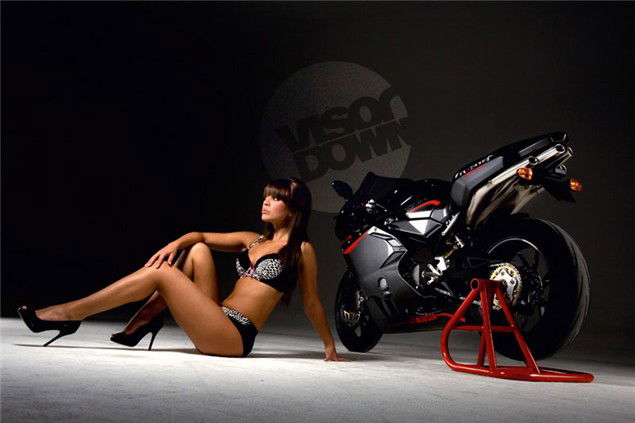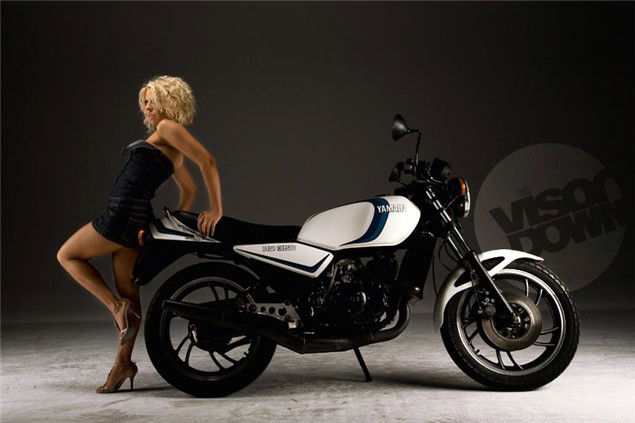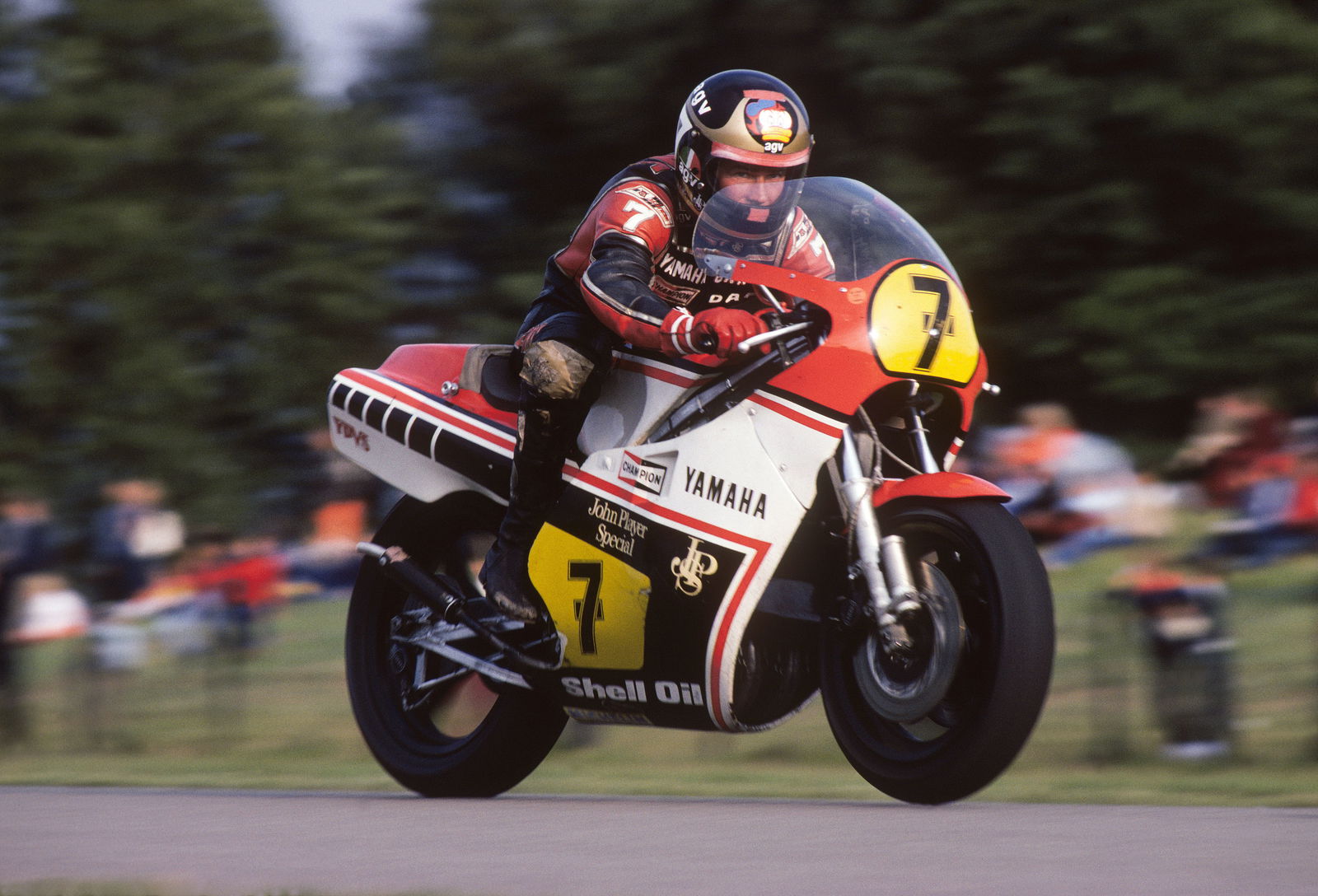

MV Agusta F4CC
If power is the ultimate aphrodisiac, then MV Agusta’s F4CC is the planet’s most sexually charged motorcycle. Not simply because of its sheer horsepower; a claimed 200bhp with the titanium race exhaust in place. Nor because only 100 units will be built, at €100,000 apiece. (The only one in this country costs £75,350 on the road — and you did read that correctly.)
No, the CC’s real power is in its name. The CC stands for Claudio Castiglioni, MV’s President. They could just as easily be for Capo dei Capi, the Mafia term for boss of bosses. “I put my name to this motorcycle because I originally dreamed of it for myself,” says Castiglioni. It is created to be the ultimate F4; an unashamedly self-indulgent, money-no-object version of the radial 16-valve four on which the famous Italian (alright, Italian-American) marque was reborn.
As befits the Capo’s Creation, the CC is faster even than the F4 Ago; more intricately detailed even than the F4 Tamburini. Its 1078cc engine is tuned with titanium internals and variable intakes, and lightened with magnesium covers. The chassis combines magnesium frame sections and swing-arm with carbon bodywork plus unique, hand-machined components. Another famous saying is that absolute power corrupts absolutely. Clearly that is sometimes a very good thing.

Yamaha RD350LC
If bikes such as the Desmosedici and RC30 are motorcycling’s supermodels, then the RD350LC is the saucy sixth-former that all the boys fancied at school — and it’s no less appealing for that. In the early Eighties there was nothing on wheels that matched the Elsie’s blend of clean good looks, razor-sharp performance, racetrack cred and down-to-earth price. This was the blonde bombshell that teenaged leather-jackets could take home to meet the folks — and which was a total blast to ride.
Despite its humble status the LC had class in its genes. The liquid-cooled two-stroke twin was descended not only from Yamaha’s line of superb aircooled roadsters such as the RD350 and RD400, but also from the all-conquering liquid-cooled TZ350 and 250 racers. Adding the water jacket to the RD’s cylinders allowed Yamaha to boost output to 47bhp, good for 110mph with a thrilling kick as the power came in with an orgasmic six-grand shriek.
The simple but attractive styling matched the shapely tank, seat and sidepanels with eye-catching curved spokes, plus black engine and pipes. Competent forks, a cantilever monoshock rear end and sharp twin-disc front brake combined with light weight to make the Yam ace in the bends. It was the ultimate poor boy’s superbike; the star of a million teenage fantasies.

